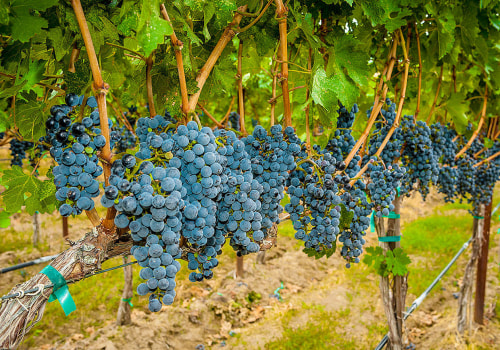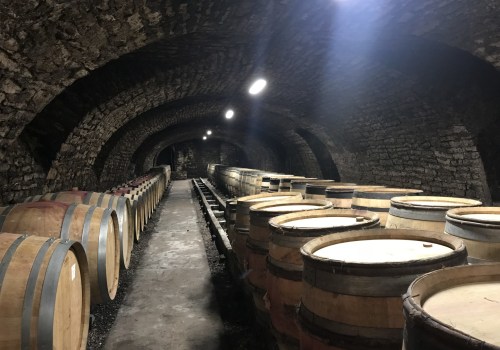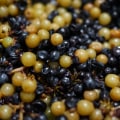Winemakers have been utilizing sulfur dioxide (SO2) in the winemaking process since the early 20th century to prevent the growth of bacteria and other yeasts. The concentration of SO2 in wine is measured in parts per million (ppm), which refers to the number of parts of sulfite per million parts of wine. Depending on the supplier, around 57.6 percent of potassium metabisulfite (KMBS) will contribute to the concentration of sulfur dioxide in the wine. To determine the level of free SO2 in the wine, winemakers should follow instructions and test the wine with a sulfite test kit. When adding SO2 to a wine, part of it can be bound to a variety of elements that are naturally found in wine.
This bonding continues until all of the various reactable elements in the wine have come together or until there is no more free sulfite to interact with. The agglutinated forms are inactive and do not contribute to the antioxidant or antimicrobial properties of the wine. The goal of proper sulfite management in winemaking is to learn how to create the necessary amount of free SO2 in wine using the least total amount of sulfite possible. The concentration of SO2 should reach equilibrium in wine, but it is recommended that wineries mix the wine well to dissolve the SO2 solution throughout the volume of the tank. The level of SO2 needed to protect a wine is based on its pH and this level must be maintained at all times for the wine to be protected. So, how much sulfur dioxide is typically added to wines from northwestern Louisiana during production and bottling processes? As an expert in winemaking, I can tell you that winemakers should adjust 0.57 PPM (parts per million) of free SO2 desired multiplied by 3.785 multiplied by gallons (US) of wine.
This will give them an idea of how much sulfur dioxide they need to add. Some studies suggest that a natural substance in wine called tyramine can cause headaches, possibly because of the way it affects blood pressure. However, when winemakers frequently add SO2 to a wine, but see no change in the concentration of free SO2, it is most likely oxidized and contains a higher concentration of acetaldehyde, a component of oxidation.










